No products in the basket.
13th December 2023
Get these floorboards down … and have an “Egyptian Hall”
Between The Ritz and Fortnums on the south side of Piccadilly is a row of grand Edwardian stone-fronted edifices. At LASSCO we are currently at work in one of the largest of them, “Egyptian House” built in 1905. We are removing six storeys’ worth of reclaimed pine floorboards (that’s 5 tennis courts’ worth). And fantastic floorboards they are too.
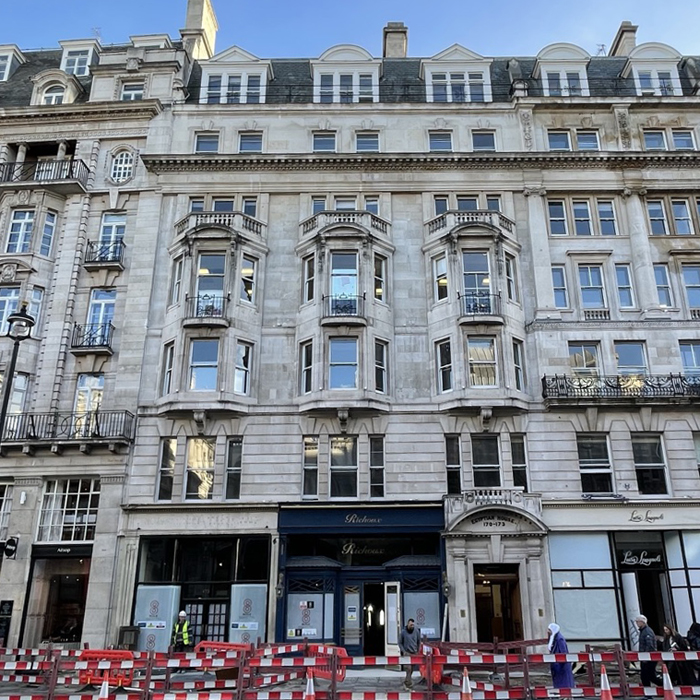
At the turn of the twentieth century there was a boom-time of building in central London as the larger thoroughfares bisecting the brick-built Georgian terraces of St James and Mayfair had their lucrative frontages upgraded. It was the same on Regent Street, Bond Street and, in time, with Mr Selfridge leading the way, Oxford Street. The stone fronted buildings required mountains of Portland stone, brought-in by barge along the south coast from Dorset. And the timber for the flooring was sailed over from the Baltic – fabulous lumber from old-growth pine forests.
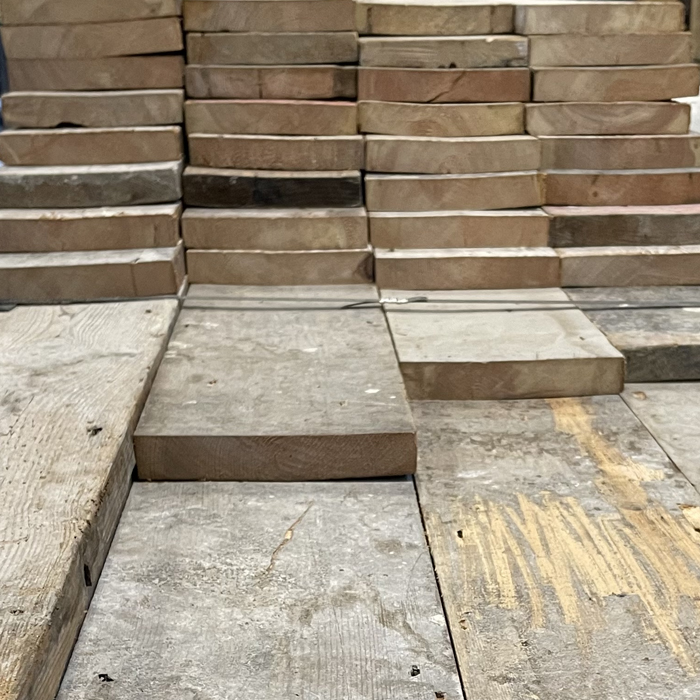
The name “Egyptian House” is a reference to the extraordinary Georgian building named “Egyptian Hall” that stood on the site prior. It was a London landmark – originally known as “The London Museum” and was built in 1811-12 to house and display the collections of the traveller, antiquarian and showman William Bullock (1773 – 1829).
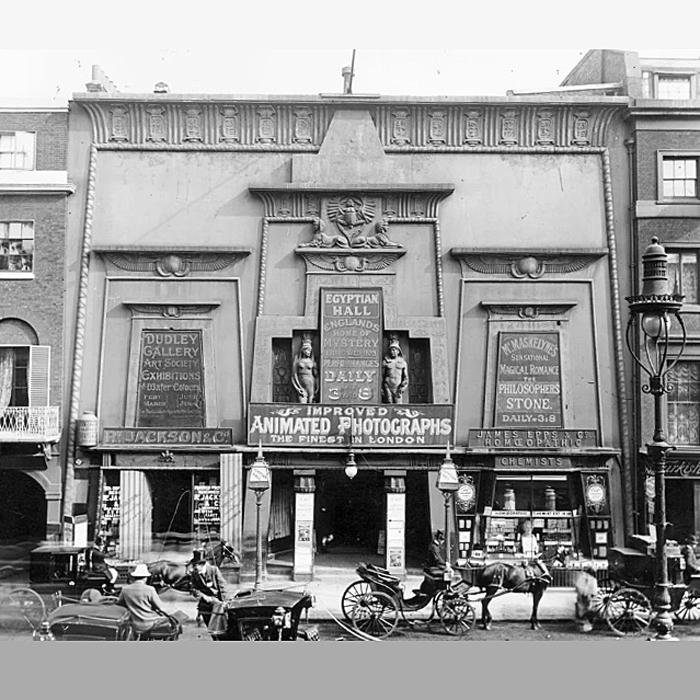
The building, designed by Peter Frederick Robinson (1776-1858) – who had worked on Brighton Pavilion – was striking: an Egyptian styled façade with three full-height tapered arcades all supported on columns decorated with hieroglyphs and held-up by a pair of Coade stone statues of Isis and Osiris (the latter now held in the Museum of London). Bullock had brought his collections down from Liverpool and soon added a “Roman Gallery” and, in 1815, with the Napoleonic Wars over, he staged an exhibition of war relics which included Napoleon’s “bullet proof” carriage – an exhibit that drew enormous crowds (the carriage later sold to Madame Tussauds).
Bullock did well from his museum but was to sell off the exhibits in 1819 making way for a series of other Exhibitions that ranged from Fine Art to Freak Shows. With the building itself, and his Egyptian displays within, Bullock had latched on to the early flushes of Egyptomania (inspired in part by Thomas Hope in his own exquisitely styled house in Marylebone). As archaeology in Egypt progressed, Egyptian Hall was to hold many exhibitions of the latest finds there – including a large show featuring the artefacts from a tomb near Thebes.
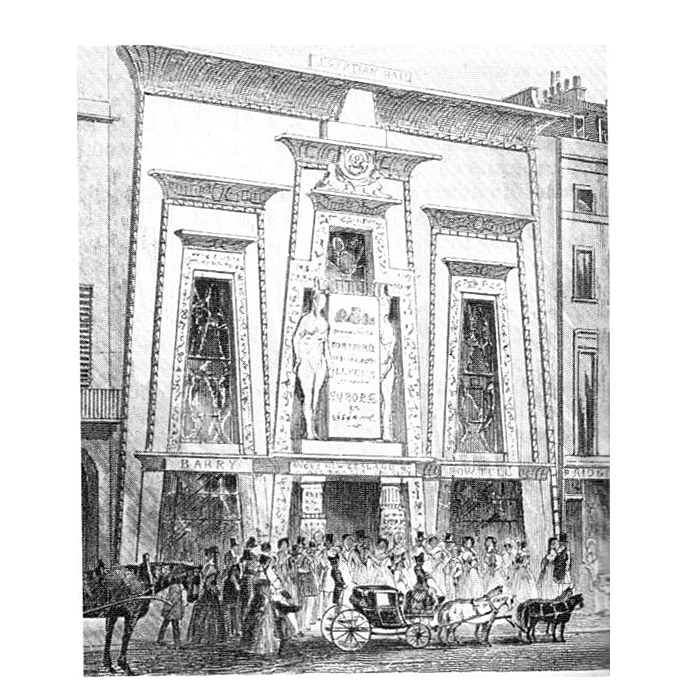
An exhibition of “Ancient and Modern Mexico” was staged, following Bullock’s trip there, and another of Lapland which included “a family of Laplanders complete with house and reindeer”. A skeleton of a Mammoth was exhibited. And 18year old “Siamese twins”, Chang and Eng Bunker, were introduced to the fascinated throng in 1829. In 1844 Phineas T. Barnum booked the hall in order the young General Tom Thumb could appear – arriving out front in his miniature coach and horses. These events were always packed.
For a time, the Egyptian Hall also housed one of the largest of the moving “Panoramas” – a three mile long rolling canvas depicting the Mississippi. “Panoramas”, “Cosmoramas” and “Dioramas” (each comprising a different mechanical format of “magical”, dynamic views), were quite a thing in Georgian and Victorian London – spectacular moving displays be it a “Tempest at Sea”, “The Lisbon earthquake of 1755”, “Midnight mass at St. Etienne-du-Mont” or the “View from the top of St. Paul’s Cathedral” all kept London entertained.
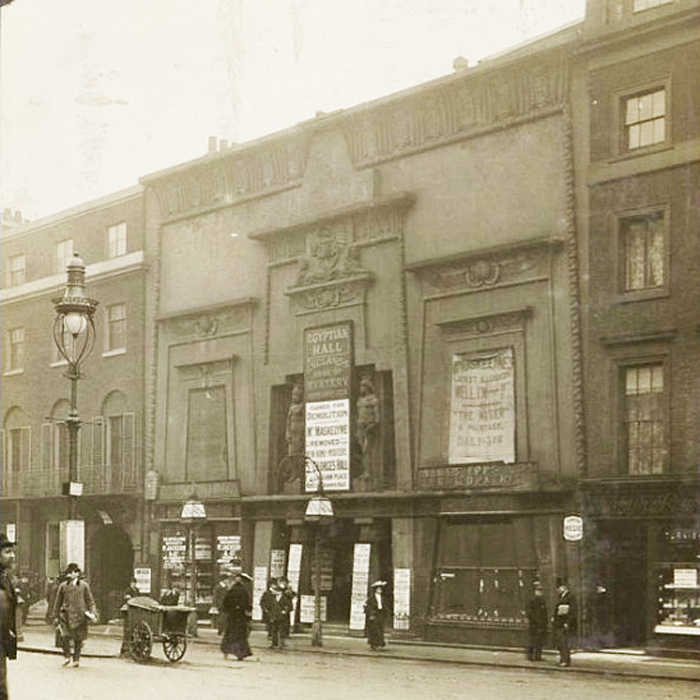
By late Victorian times the “Egyptian Hall” was known for spiritualist performances, seances and illusionists but the lease was up by 1905, and the block was swept away to make way for the widening of Piccadilly. “Egyptian House”, designed by William Woodward (1846-1927), was named in memory of the old hall, and went up in its place. Much bigger and more capacious with its Portland Stone façade – smart retail below and offices and apartments above – it had acres of top-quality floorboards; these are now being stripped-out in a comprehensive refurbishment.
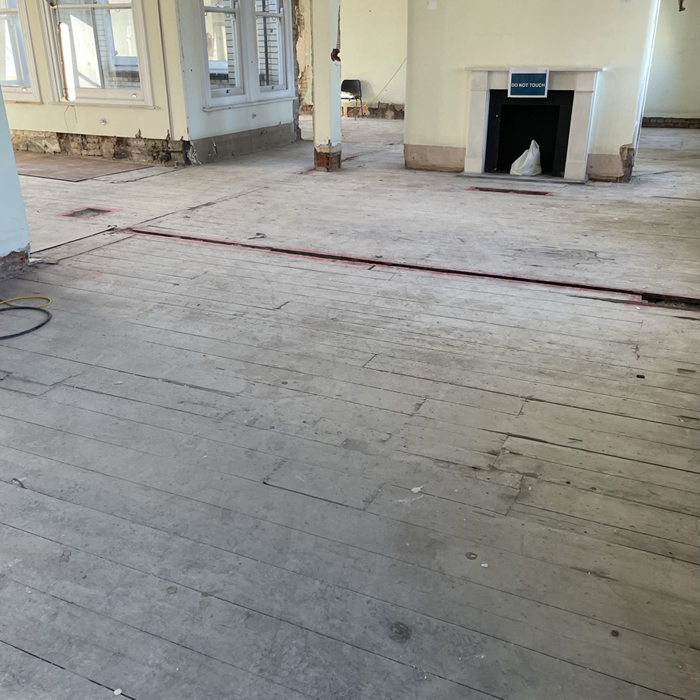
We have large stocks of these boards arriving – over 1000 square metres. The first batch to be prepped for sale is now available (click here). They present a rare and fabulous opportunity for our architect and developer clients – big operators with big floors to cover uniformly – and an increasing requirement (and admirable intent) to demonstrate the re-use of materials in their project. But not if our treasured private clients get in there first(!), grabbing a chance to run these robust and beautifully grained boards through several rooms.
Buy these floorboards, and hold a Ball on them to celebrate: you’ll be performing a linguistic waltz, because to the Victorian Cockney, having an “Egyptian Hall” was (in a direct reference to this Piccadilly building) the Rhyming Slang for having “A Ball”.
